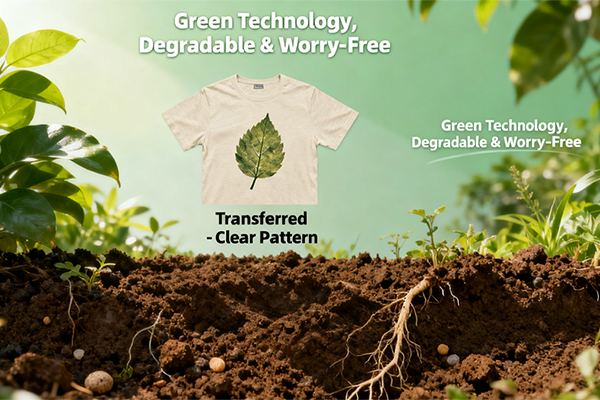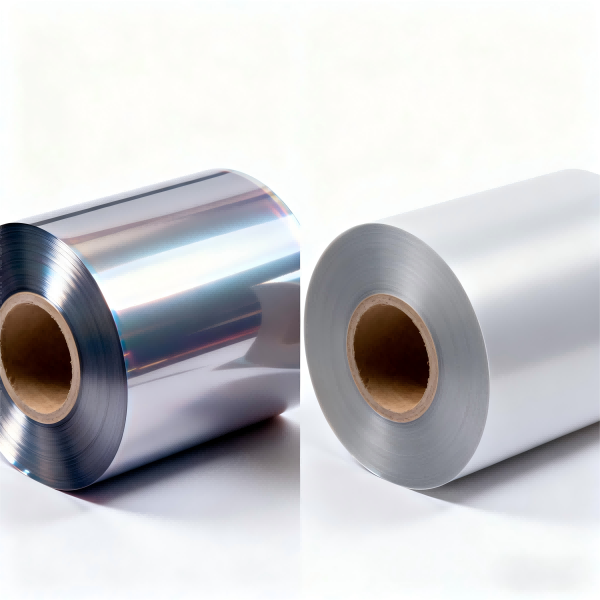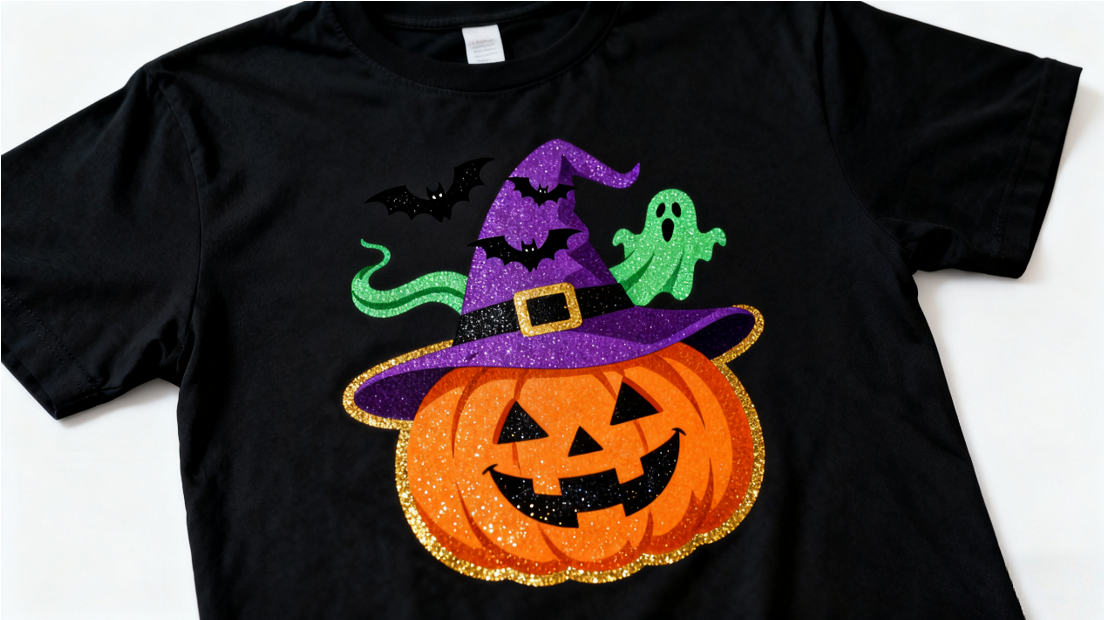What are the advantages of BOPP film
Third, BOPP film offers great versatility and safe...
MoreHow to choose a direct to film (DTF) printing system involves a comprehensive evaluation of several critical factors to ensure a profitable and high-quality output. The primary considerations include print quality and resolution, which are paramount for achieving vibrant colors and sharp details on various fabrics. A printer with a minimum resolution of 1200 DPI is generally recommended for professional results. The cost of consumables, specifically the DTF film and PET powder, directly impacts your profit margins; sourcing these materials from reliable suppliers is essential for consistency. Production speed and the printer's duty cycle must align with your business volume; a machine capable of printing 15-20 square meters per hour is suitable for small to medium operations, while high-volume shops may require industrial models. The ease of use and reliability of the RIP software are crucial for a smooth workflow, with features like automatic color management and step-and-repeat being highly valuable. Finally, the total cost of ownership, encompassing the initial investment, maintenance, and ongoing consumable costs, should be carefully calculated against your expected return on investment.
The practical application of these selection criteria is best understood by examining real-world data and user experiences from the DTF printing community. According to industry analyses and equipment reviews, brands like Epson, Brother, and Mimaki are frequently cited for their robust print heads, such as the Epson PrecisionCore, which offers durability for high-volume applications. Market data indicates that a complete DTF starter setup, including a printer, film, powder, and heat press, can range from $5,000 to $15,000, with consumable costs averaging $0.50 to $1.50 per print depending on size and quality. Search results and user forums consistently highlight the importance of a robust pre-treatment process; the adhesion and durability of the final print are heavily dependent on the correct application of PET powder, with recommended particle sizes between 120-200 mesh for optimal results. Furthermore, successful DTF operations report that fabric compatibility is a key advantage, with the technology performing exceptionally well on cotton, polyester, and blends, unlike other methods that are more fabric-specific. By grounding the selection process in these operational realities and performance metrics, businesses can make an informed decision that maximizes print quality, operational efficiency, and long-term profitability.
Select the most popular foreign trade service products to meet your diverse needs
Learn more about the dynamics and professional knowledge of the foreign trade industry

Third, BOPP film offers great versatility and safe...
More
Direct-to-Film (DTF) transfers offer a fantastic w...
More
In the dynamic world of custom apparel printing, b...
More
BOPP Film (Biaxially Oriented Polypropylene Film) ...
More
Make your Halloween tees shine with SAILLAGE’s DTF...
More
When diving into Direct-to-Film (DTF) printing, on...
MoreSelect the most popular foreign trade service products to meet your diverse needs
Explore more content related to foreign trade services

Tel: +86 17706217416
Add: Building L2A, No. 520, Lane 1588, Zhuguang Road, Hongqiao World Center, Qingpu District, Shanghai, China
User Comments
Service Experience Sharing from Real Customers
Emily Johnson
Graphic DesignerThe direct to film printer produces incredibly vibrant colors and fine details. Perfect for our custom apparel business!
Michael Chen
Print Shop OwnerGreat DTF transfer results with excellent wash durability. The white ink coverage is impressive on dark fabrics.
Sarah Williams
Small Business OwnerThis direct to film system has revolutionized our small boutique. The prints are professional quality and setup was straightforward.
David Rodriguez
Production ManagerConsistent results and fast production times. The DTF films work perfectly with our existing heat press equipment.